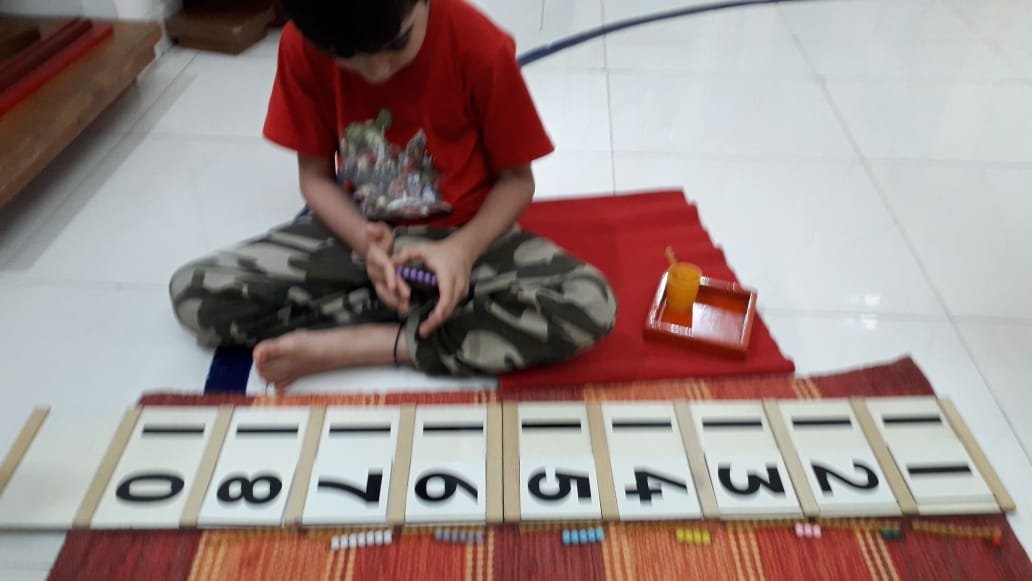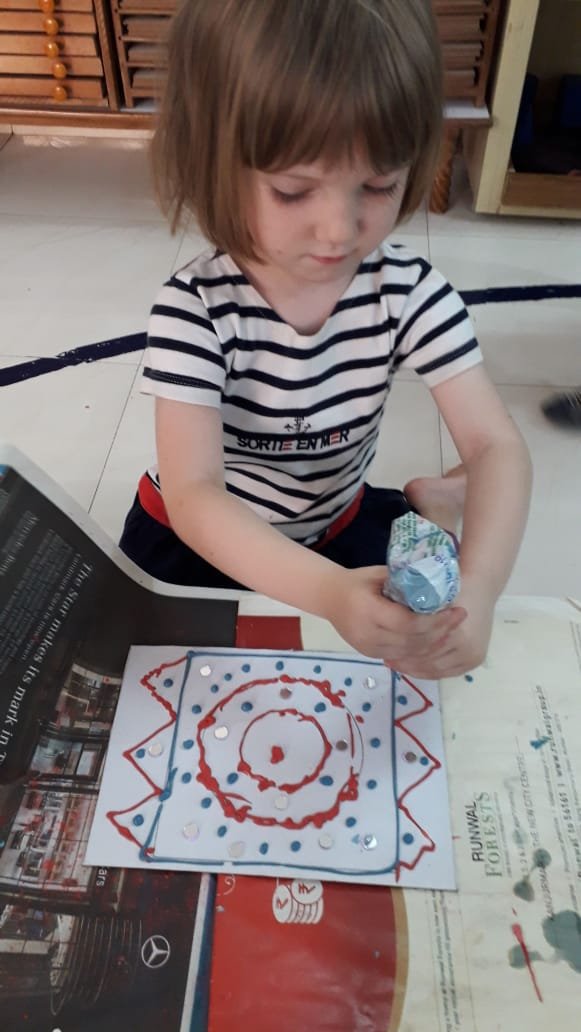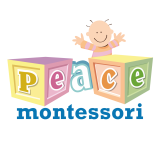Primary

The Primary Programme caters to the needs of children between the age of 2.5 to 6 years. At this stage, children are equipped with an absorbent mind.
Dr. Montessori had conceptualised a holistic, scientific and age-appropriate learning environment to introduce children of the age group to all the wonderful and vital facets of the world, with a focus on their particular developmental needs.
The Environment
The environment at Peace is meticulously prepared, in accordance with Dr. Montessori’s expert guidance. Children are introduced to sensorial material which represent key aspects of the working of the world. These materials help to refine the senses by allowing them to explore, grade and pair colour, sound, texture etc.
“There are many who hold, as I do, that the most important period of life is not the age of university studies, but the first one, the period from birth to the age of six. For that is the time when man’s intelligence itself, his greatest implement, is being formed. But not only his intelligence; the full totality of his psychic powers”
-Maria Montessori
What They Learn

1) Exercise in Practical Life (EPL):
As the name suggests, this is a group of activities which the child is likely to observe performed around them, daily and with the aim of sustenance. Our environment allows for children to experience these aspects of practical living for themselves, understand their value, and build important skills by their exercise. These skills include concentration, intellectual and social engagement, respect, patience and cooperation. Additionally, the children continue to develop their sense of independence, purpose and collaborative effort within a community.
2) Sensorial Learning:
Children are sensorial learners, eager to explore their surroundings. The learning materials designed by Dr. Montessori help develop their consciousness and heighten their powers of discernment. The fundamentals of algebra, geometry, geography and botany are introduced via the senses. Concrete materials not only introduce these subjects, but also encourage creativity and a healthy imagination.


2) Sensorial Learning:
Children are sensorial learners, eager to explore their surroundings. The learning materials designed by Dr. Montessori help develop their consciousness and heighten their powers of discernment. The fundamentals of algebra, geometry, geography and botany are introduced via the senses. Concrete materials not only introduce these subjects, but also encourage creativity and a healthy imagination.



3) Language:
Language is a powerful tool and the foundational medium through which we communicate and express ourselves. Children at Peace are provided with extensive spoken language tools, precise terms and meanings for not only objects in their surroundings, but also their thoughts and emotions. They learn the basics of writing by associating the sounds of letters to their correct symbols, and are able to divide a word into its component sounds so as to better understand their construction. They begin spelling words with wood cutouts of letters, and develop the skill even before their hands are ready to write. Adults assist children with their writing and reading skills and gradually introduce the basics of grammar and syntax.
3) Language:
Language is a powerful tool and the foundational medium through which we communicate and express ourselves. Children at Peace are provided with extensive spoken language tools, precise terms and meanings for not only objects in their surroundings, but also their thoughts and emotions. They learn the basics of writing by associating the sounds of letters to their correct symbols, and are able to divide a word into its component sounds so as to better understand their construction. They begin spelling words with wood cutouts of letters, and develop the skill even before their hands are ready to write. Adults assist children with their writing and reading skills and gradually introduce the basics of grammar and syntax.

4) Mathematics:
Through Dr. Montessori’s learning materials for this age group, children are able to grasp the basics of mathematics. Sensorial materials introduce the concepts of dimensions and differentiation – long and short, thick and thin, etc. Eventually, they are introduced to the exactness of numbers, and then, in small groups, they learn operations such as addition, subtraction, division, etc.

4) Mathematics:
Through Dr. Montessori’s learning materials for this age group, children are able to grasp the basics of mathematics. Sensorial materials introduce the concepts of dimensions and differentiation – long and short, thick and thin, etc. Eventually, they are introduced to the exactness of numbers, and then, in small groups, they learn operations such as addition, subtraction, division, etc.


5. Culture:
Children are introduced to the cultural aspects of human existence through art, craft, the flags of countries, information about the diverse people and places of the world and ways of life. They are also made aware of the natural world through experiments in science, botany, the care of plants, and much more.
5. Culture:
Children are introduced to the cultural aspects of human existence through art, craft, the flags of countries, information about the diverse people and places of the world and ways of life. They are also made aware of the natural world through experiments in science, botany, the care of plants, and much more.

